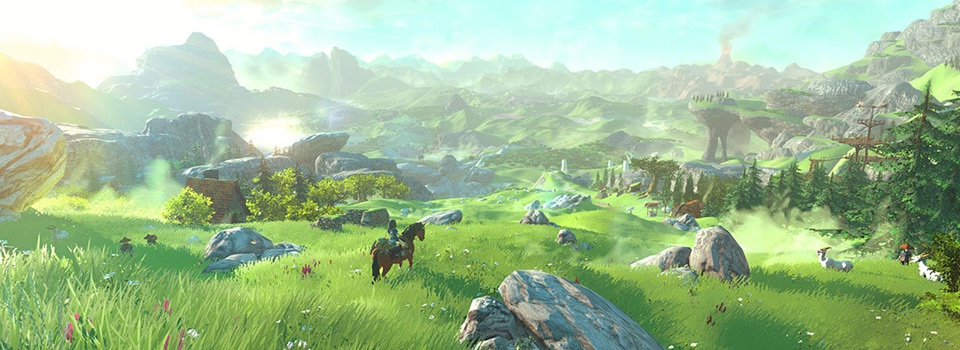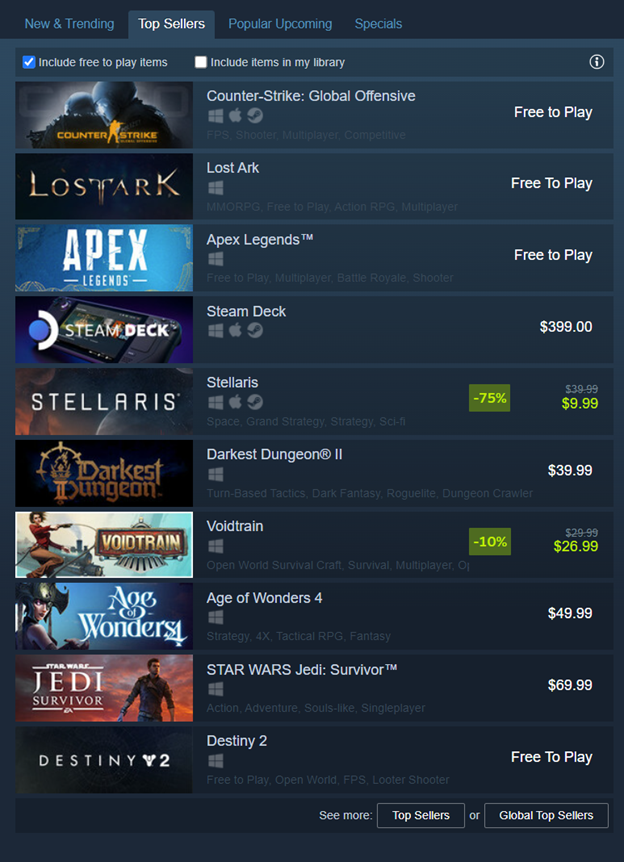The Evolving Landscape Of Free-to-Play Games: A Look Into 2025
The Evolving Landscape of Free-to-Play Games: A Look into 2025
Related Articles: The Evolving Landscape of Free-to-Play Games: A Look into 2025
Introduction
In this auspicious occasion, we are delighted to delve into the intriguing topic related to The Evolving Landscape of Free-to-Play Games: A Look into 2025. Let’s weave interesting information and offer fresh perspectives to the readers.
Table of Content
The Evolving Landscape of Free-to-Play Games: A Look into 2025

The world of online gaming is constantly evolving, with free-to-play models becoming increasingly prevalent. This shift is driven by a number of factors, including the accessibility of high-speed internet, the growing popularity of mobile gaming, and the desire for developers to reach a wider audience.
Looking ahead to 2025, the free-to-play landscape is poised to become even more diverse and dynamic. The focus will likely shift towards:
1. Immersive and Engaging Gameplay:
Games will prioritize captivating gameplay mechanics, rich storylines, and compelling characters, ensuring players feel invested in the experience regardless of their financial commitment. This will involve:
- Deep and rewarding progression systems: Players will be able to unlock new abilities, customize their characters, and explore expansive worlds through dedicated gameplay, rather than solely relying on in-game purchases.
- Meaningful social interaction: Online games will foster strong communities through cooperative gameplay, competitive modes, and engaging social features. Players will be able to connect with friends and form lasting bonds within the game world.
- Diverse gameplay styles: Games will cater to a wide range of preferences, offering options for both casual and hardcore players. This may include multiple difficulty levels, customizable gameplay settings, and various game modes catering to different playstyles.
2. Innovative Monetization Strategies:
Free-to-play games will continue to explore innovative ways to generate revenue without compromising the player experience. This could involve:
- Subscription-based models: Offering premium features or content through monthly subscriptions, allowing players to access exclusive content and benefits.
- Cosmetic items and customization: Focus on providing players with aesthetic options to personalize their characters and gameplay experience, without impacting gameplay balance.
- In-game events and challenges: Introducing limited-time events and challenges that offer unique rewards, encouraging players to engage with the game on a regular basis.
3. Technological Advancements:
The advancement of technologies like cloud gaming, virtual reality, and augmented reality will further shape the future of free-to-play games:
- Cloud gaming: This technology will allow players to stream games directly to their devices, eliminating the need for expensive hardware and making high-quality games accessible to a wider audience.
- Virtual reality and augmented reality: These technologies will create immersive and interactive experiences, blurring the lines between the real and digital worlds, and offering new possibilities for free-to-play games.
4. The Rise of Esports:
The growing popularity of esports will influence the design and development of free-to-play games. This will involve:
- Competitive gameplay: Games will be designed with competitive features, including balanced gameplay, skill-based progression, and dedicated esports modes.
- Esports infrastructure: Developers will invest in building robust esports infrastructure, including dedicated servers, tournament platforms, and support for professional players and teams.
Examples of Free-to-Play Games in 2025:
While predicting the future is inherently uncertain, we can anticipate games that embody the trends outlined above. Some examples include:
- "Project Nova" – A futuristic, open-world MMORPG: This game will offer a vast and immersive world with a deep character customization system, engaging social features, and a robust progression system. Players will be able to choose from a variety of factions and participate in large-scale battles, all while exploring a vibrant and ever-changing world.
- "Echoes of the Past" – A historical strategy game: This game will immerse players in different historical periods, requiring them to manage resources, build armies, and engage in strategic warfare. It will feature a captivating storyline, a deep diplomacy system, and a competitive multiplayer mode.
- "The Augmented City" – A city-building game with AR integration: This game will combine city-building mechanics with augmented reality technology, allowing players to interact with their city in the real world. Players will be able to design buildings, manage resources, and engage with other players through AR experiences.
FAQs:
1. What are the benefits of free-to-play games?
Free-to-play games offer several advantages, including:
- Accessibility: They eliminate the barrier of entry associated with purchasing expensive games, allowing players to experience a variety of titles without financial commitment.
- Wider audience: They reach a broader audience, attracting both casual and hardcore players, fostering larger and more diverse communities.
- Innovation: The free-to-play model encourages developers to experiment with new gameplay mechanics and monetization strategies, leading to innovative and engaging experiences.
2. Are free-to-play games fair?
The fairness of free-to-play games is a complex issue. While some games offer a balanced experience where players can progress through dedicated gameplay, others may rely heavily on in-game purchases, creating an unfair advantage for those willing to spend money.
It is crucial to choose games that prioritize fair gameplay and avoid predatory monetization practices. Players should research a game’s monetization system before committing to ensure it aligns with their values and playstyle.
3. What are the risks associated with free-to-play games?
While free-to-play games offer many benefits, they also pose certain risks:
- Predatory monetization: Some games may employ predatory monetization practices, such as loot boxes, which can lead to excessive spending.
- Pay-to-win mechanics: Some games may offer advantages to players who spend money, creating an imbalance in gameplay.
- Addiction: The addictive nature of some free-to-play games can lead to excessive playtime and financial issues.
Tips for Enjoying Free-to-Play Games:
- Choose games with balanced gameplay: Research the game’s monetization system and gameplay mechanics to ensure it prioritizes fair play and avoids pay-to-win mechanics.
- Set a budget: If you choose to spend money on in-game purchases, set a budget and stick to it. Avoid impulsive spending and remember that these items are not essential for enjoying the game.
- Take breaks: Free-to-play games can be addictive, so it’s important to take breaks and engage in other activities.
- Join a community: Connecting with other players can enhance your experience and provide support.
Conclusion:
The free-to-play gaming landscape is rapidly evolving, driven by technological advancements, changing player expectations, and innovative monetization strategies. In 2025, free-to-play games will offer a diverse range of experiences, catering to a wide audience and blurring the lines between traditional gaming and other forms of entertainment. As this industry continues to grow, it is crucial for players to be informed about the benefits and risks associated with free-to-play games, making informed choices and prioritizing a positive and balanced gaming experience.








Closure
Thus, we hope this article has provided valuable insights into The Evolving Landscape of Free-to-Play Games: A Look into 2025. We thank you for taking the time to read this article. See you in our next article!